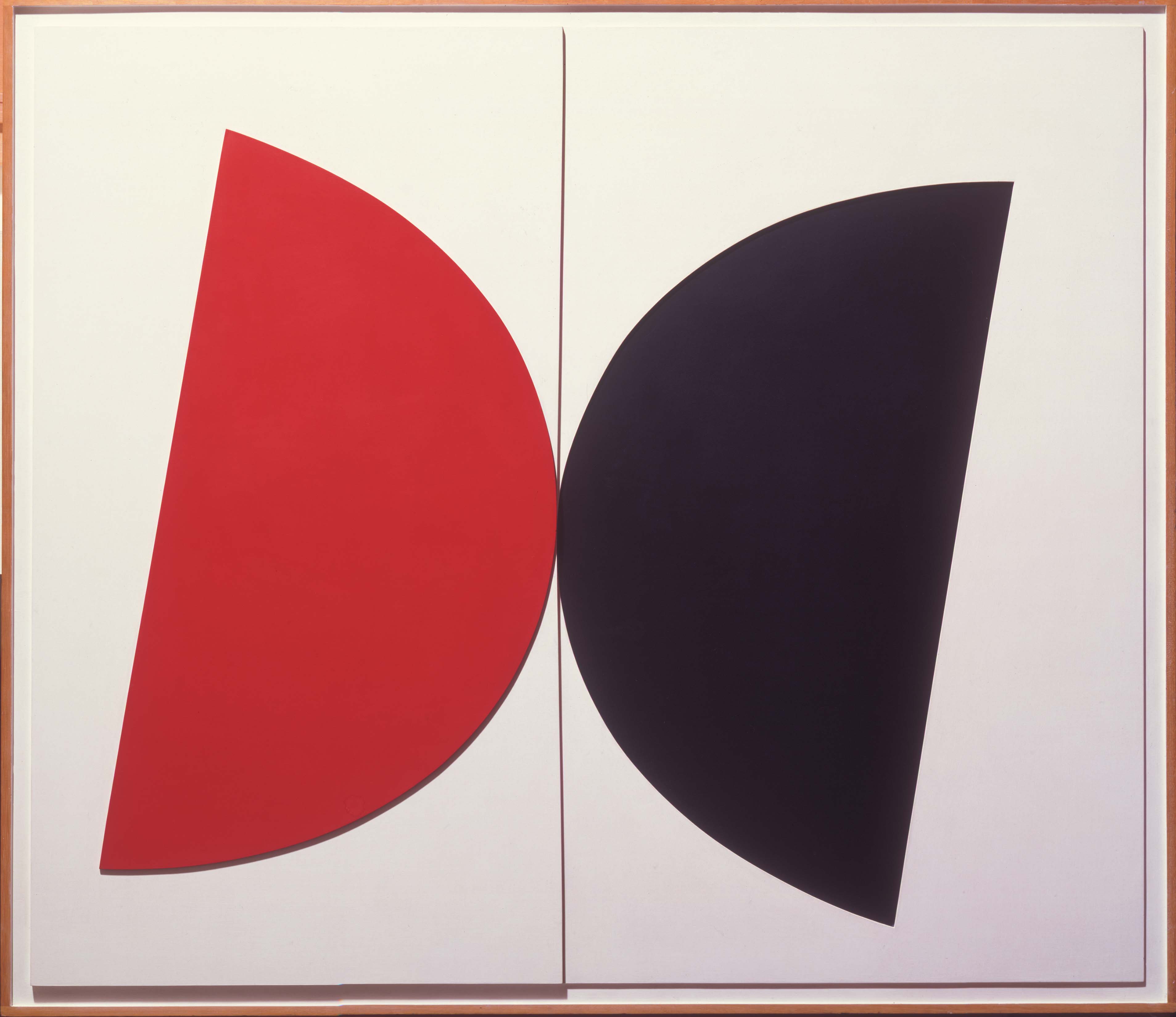Nationality
British
Education
1948 – 1952: Woolwich Polytechnic
1953: the Royal College of Art
Taught
1954-1961: Central School of Art
1962-1990: St. Martin’s School of Art (becoming Central Saint Martins College of Art and Design in 1989)
Background
In 1944 Reynolds was called for active service and found himself in Germany at the end of the war. It was there that he first saw the work of Klee, in the process of being rehabilitated after years of being labelled "decadent"
by the Nazis. It was, Reynolds later recalled, ‘a baptism’. On demobilisation, he applied to art school.
The artist
‘Art concret’ was a movement launched by manifesto in 1930 on the principle that works should not refer to the visible world. The resulting form of abstract art proceeds from the mind, and stands in contrast with artwork
that is the product of abstraction from nature. In 1958, Reynolds begun to embrace abstract concretism; after initially echoing the work of Paul Klee and Piet Mondrian Reynolds responded to the fierce anti-naturalism
of Ben Nicholson's White Reliefs. This led him along a progression to what has been termed abstract concretism.
Having already enjoyed success with shows of landscapes that had brought acclaim, exhibitions, sales and international prizes he was abandoning the neo-romantic ship, and was doing so as Pop Art was the emerging fashion.
Alan Reynolds first encountered modern art immediately after the war when he was stationed in Germany. During his visits to museums at that time he had his first contact with the art of the Brucke and Blaue Reiter groups
and especially the pictures and writings of Paul Klee that were to play an important part in his own work in the future. On his return to England he enrolled at the Woolwich Polytechnic School of Art, before winning
a scholarship to study at the Royal College of Art. His landscape paintings were much admired and if he had not abandoned that road, he would have achieved considerable success as a landscape painter. However,
it was clear that what fascinated him was not the landscape itself and its representation, but rather the search for the inner structure and fundamental design of landscape.
By the early Seventies he had eliminated
both curve and colour in favour of modular constructions painted in pure white. Whiteness has always engaged the imagination of artists. In Goethe's theory of colour whiteness is described as "concentrated cloudiness"
- something not quite visible that can in practice be concentrated until it becomes visible in whiteness. Malevich's White on White (1918) and his reductivism parallels that of Alan Reynolds in adding as
little as possible to the motif to achieve the optimum results.
". . . the relief constructions of Alan Reynolds are calm, precise works that contrast the colourfulness of our every day life and they present a plausible alternative to permanent overstimulation. The more time, patience
and sensibility the viewer can invest, the more they can experience in Reynolds' reliefs: the balance of symmetry and asymmetry, has a change in light on the reliefs creates structural changes and how the strict constructions
oscillate rhythmically."
Susanne Pfleger (2003), Alan Reynolds: retrospective (Wolfsburg: Stadtische Galerie im Schloss), catalogue.
Reynolds’s success in his new style grew, leading to international exhibitions, including France and Germany; but in Britain he continued to be known best for his Fifties’ bucolic canvases.
He won a number of prestigious awards, including an international prize at the Giovani Pittori in Rome (1955), the CoID award (1965) and an Arts Council award (1967). His work is held in the collections of the Museum
of Modern Art in New York, the V&A and the National Museum of Canada. In 2003 Kettles Yard gallery in Cambridge staged a retrospective of Reynolds’s paintings and drawings; and in 2011 Michael Harrison, its director
and a long-standing friend of the artist, wrote an extensive monograph on his work.

